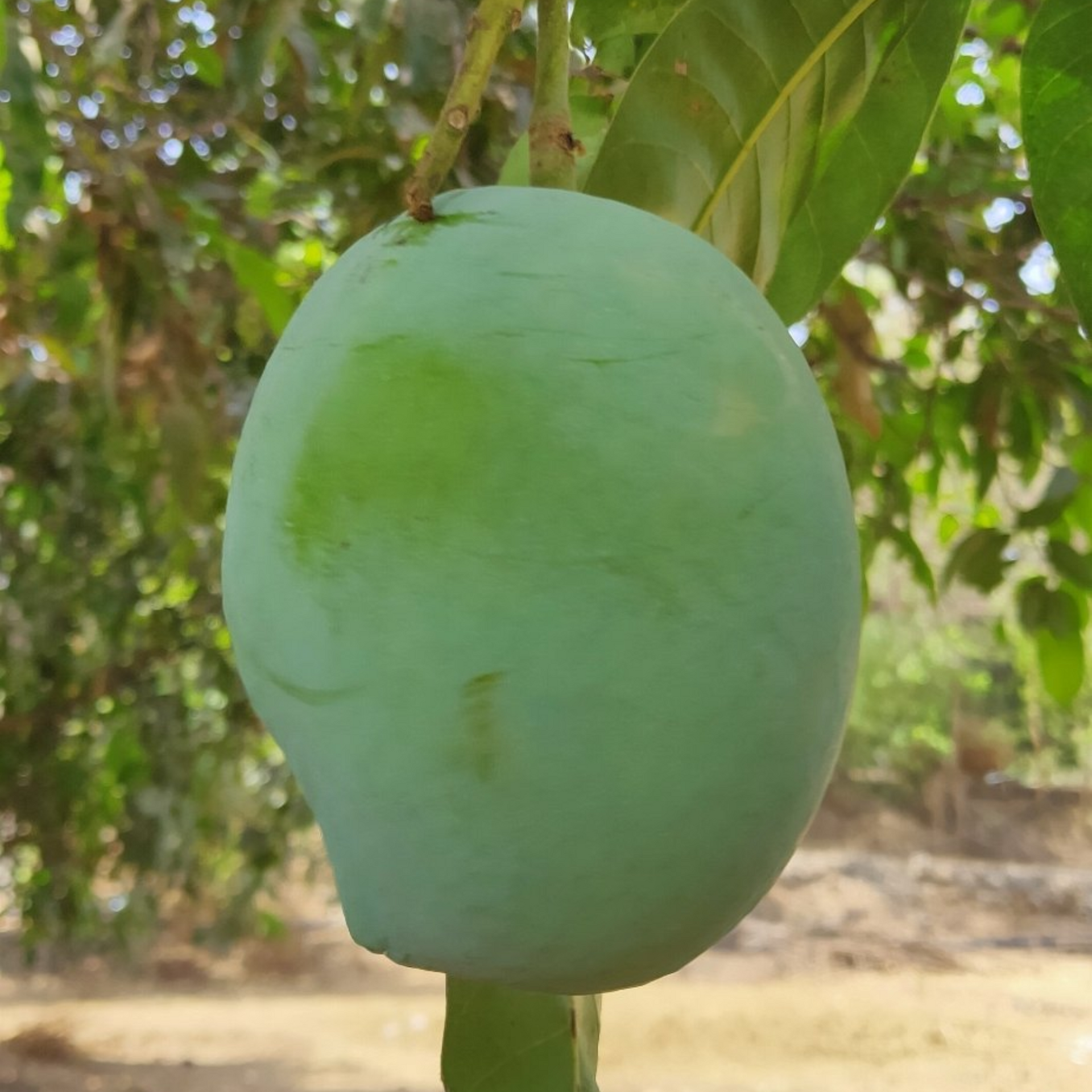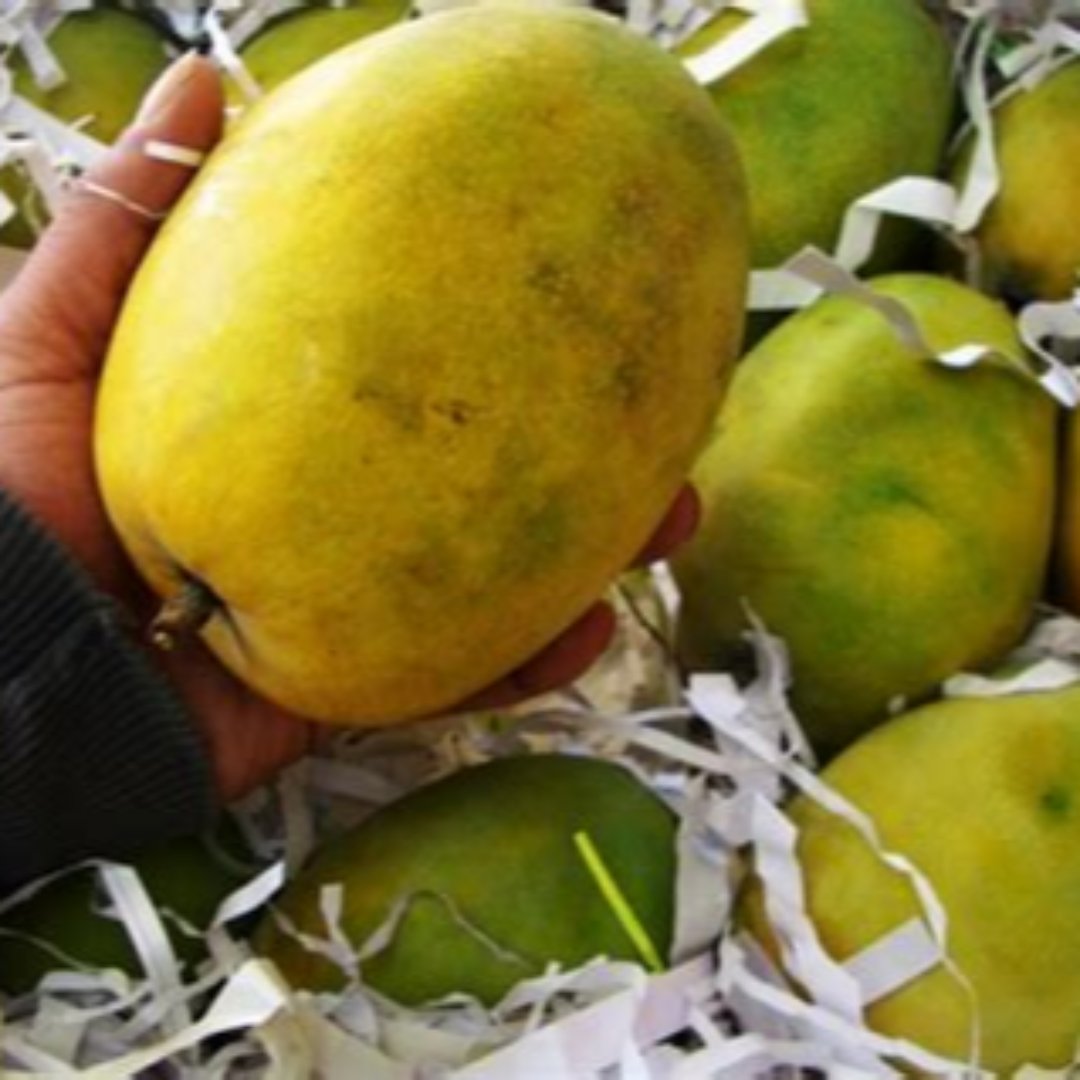



Exclusive Rajapuri Mango Plant Grafted Plant
Rs. 474.00
Guaranteed Safe Checkout
Green Paradise Offers Healthy Rajapuri Plant
About Rajapuri Plant
Rajapuri mango is a popular variety of mango that is cultivated in India. It is known for its large size, sweet flavor, and distinct aroma.
Here is some information about the Rajapuri mango plant:
Origin:
The Rajapuri mango variety originated in the state of Maharashtra, India. It is primarily grown in the Konkan region, which has a favorable climate for mango cultivation.
Tree characteristics:
Rajapuri mango trees are vigorous and can reach a height of 10 to 15 meters when fully grown. They have a dense canopy with broad leaves, providing ample shade. The trees are known to be relatively hardy and can tolerate high temperatures and humidity.
Fruit characteristics:
The Rajapuri mango is a large-sized mango, often weighing between 350 to 400 grams per fruit. The shape of the fruit is elongated and oblique. The skin of the mango is green when unripe and turns into a golden-yellow color as it ripens. The flesh is fiberless, juicy, and has a vibrant orange color. The taste is sweet and rich with a pleasant aroma.
Harvesting season:
The harvesting season for Rajapuri mangoes typically begins in May and extends till July. Depending on the area and the weather, the precise time may vary significantly.
Culinary uses:
Rajapuri mangoes are highly sought after for their delicious taste and are often consumed fresh. They are also used in various culinary preparations such as desserts, smoothies, juices, jams, and pickles. The high sugar content and smooth texture of the flesh make it a popular choice for mango-based recipes.
Nutritional benefits:
Like other mango varieties, Rajapuri mangoes are a rich source of vitamins, minerals, and dietary fiber. They are particularly high in vitamin C and vitamin A, which are essential for immune function and vision health, respectively. Mangoes are also known to contain antioxidants that help protect against cellular damage.
Cultivation:
Rajapuri mango plants require a tropical or subtropical climate to thrive. They prefer well-drained soil and plenty of sunlight. For optimum growth, regular fertilization and irrigation are required. The trees can be propagated through grafting or budding techniques.
Rajapuri mangoes are highly regarded for their size, taste, and overall quality. They are a prized mango variety in India and are enjoyed by mango lovers worldwide.
How To Grow Rajapuri Mango Plant






